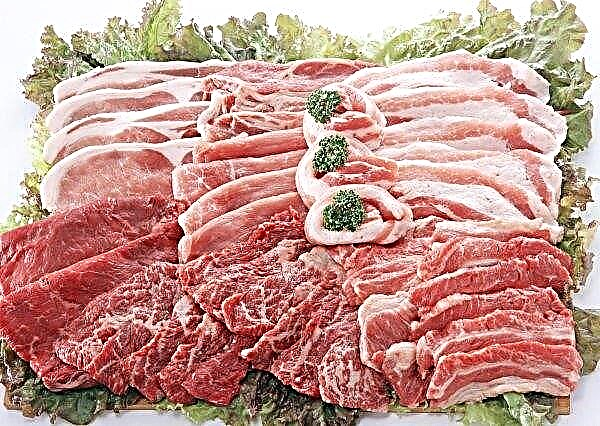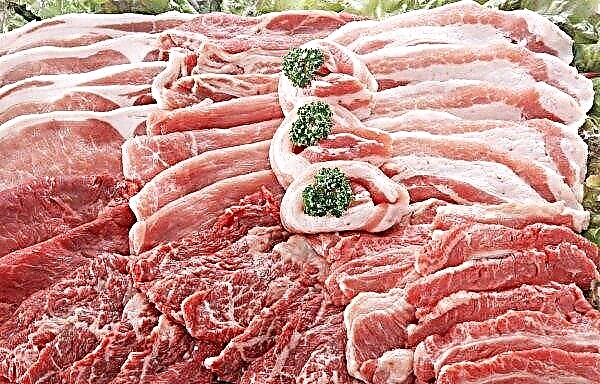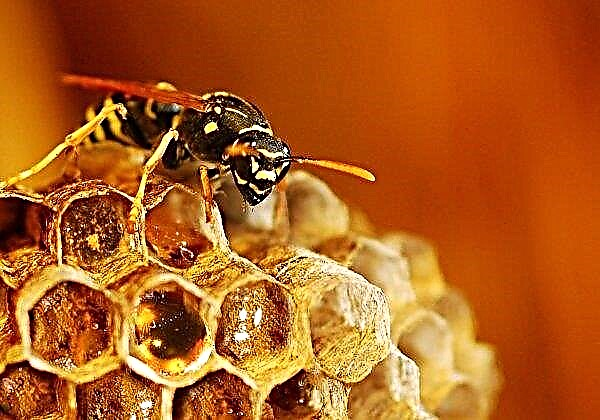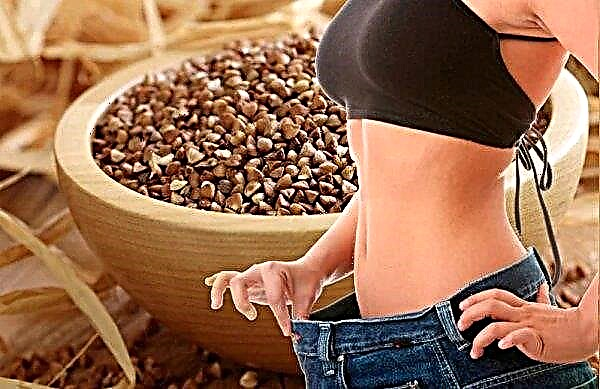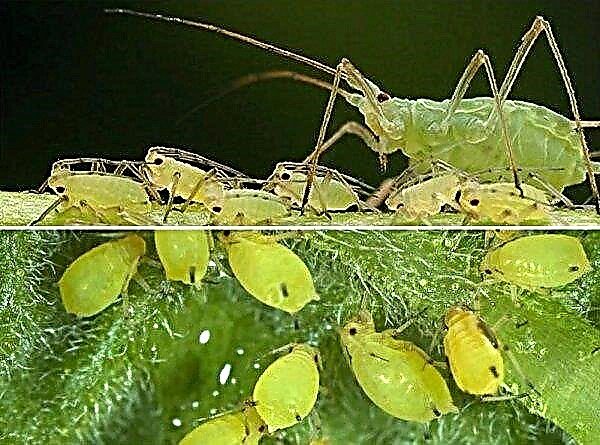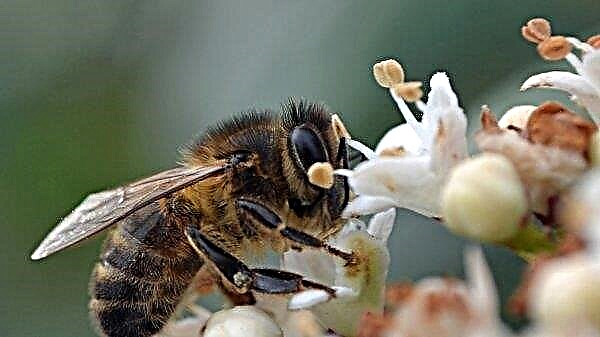Here, it would seem, they built a greenhouse, plant vegetables and harvest. But not so simple. Not only plants require care, the building itself also needs it. One such event is her preparation for winter. We will deal with this issue in more detail.
Why do we need to prepare a greenhouse for winter?
After harvesting, the greenhouse needs not only to be removed from plant debris, but also to carry out a number of activities.
Let us first consider why this is necessary:
- greenhouse conditions favorably affect not only plantings, but also pathogens that remain in the ground from diseased plants. So that the plants planted next year do not become infected, you need to carry out autumn processing;
- Not only the land, but also the building itself, on which the pathogenic spores are stored for several years, can be a vector of infection. For this reason, the greenhouse needs to be sanitized;
- vegetable crops gradually deplete the soil, even if top dressing is carried out. Therefore, in the autumn, it is necessary to change the top layer of the earth whenever possible, and once every 4-5 years, make a complete change of soil. An ideal option would be to move the greenhouse to a new location, but this is not always possible;
- polycarbonate is a fairly durable material, but some manufacturers indicate in the instructions that for the winter the greenhouse needs to be strengthened with additional supports;
- Autumn preparation will save time in the spring, when it will be necessary to deal with seedlings, rather than cleaning and processing the greenhouse.

Autumn processing of greenhouse beds
Autumn care for the beds consists of the following activities:
- harvesting crop residues;
- full or partial replacement of soil;
- disinfection of soil and the entire building.
Spring-cleaning
Harvesting is carried out in the following sequence:
- In sunny weather, you need to open the greenhouse and ventilate well.
- Take out all the equipment from the premises (shovels, glanders, watering cans, secateurs, etc.).
- Disassemble and remove the remaining equipment (hoses, supports, electrical wiring, etc.).
- Tear out weeds and vegetables, remove stakes, remaining vegetables, garter material.
- Thoroughly scoop up, take out and burn all remaining garbage.
- If the soil is not replaced, then the beds should be dug up, and the remaining roots should be selected from the ground.
Important! Gardeners sometimes leave plant debris in the greenhouse as compost. But plants can contain spores of various diseases and pest larvae, so it is better to burn them.
Soil removal
The process of replacing the soil is the most time-consuming.
This issue is resolved in several ways:
- if annual crops or seedlings are grown, it is recommended to replace 15 cm of the upper ball annually or at least once every 2 years. Soil is taken out to the garden or sprinkled with trees. Instead, a ball of new earth is filled up (we will talk about options for earth mixtures later in the article);
- when growing perennial crops (for example, strawberries), a complete soil replacement (about 30 cm) is carried out every 5 years. An ideal option would be to move the greenhouse to a new place;
- an alternative would be to dig a ditch along the length of the beds up to 20 cm deep and fill it with peat or humus. Green mulch is laid on top (mowed grass without seeds), which is sprinkled with ash. All this is covered with soil and poured with a solution of urea (50 g / 10 l).

Disinfection
If the topsoil has not been replaced with a fertile and sterile ball, then you need to disinfect the earth.
The following methods are used to disinfect it:
- thermal disinfection;
- spraying with special solutions;
- treatment with bleach;
- sulfur fumigation.
Heat treatment consists of several stages:
- Boil water and spill it in the greenhouse.
- The beds are covered with a black dense film and pressed on each side to the ground.
- After a day, remove the coating, dig the earth and level it with a rake.
- Scalping is repeated 2 more times with interruptions of 3-4 days.
Did you know? The largest greenhouse has been built in the UK. These are two domed interconnected rooms. They have a huge variety of plants: from a banana palm to grapes and olives.
Disinfection is also carried out using special solutions:
- Copper preparations are used to prevent diseases such as late blight, bacteriosis and peronosporosis. This is especially true after growing a tomato. Not more than once every 4-5 years the soil is treated with 0.1% solution of copper sulfate (10 l / 1 m²);
- the earth can be well poured with a concentrated solution of potassium permanganate (5-6 l / 1 m²);
- for spraying, 2.5% formalin solution, 2% creolin solution or 4% lime solution are used;
- opponents of "chemistry" use tobacco, garlic or mustard solutions, but such treatment does not guarantee 100% disinfection.

Chlorine lime helps get rid of almost all pests. 1 glass of the drug is consumed per 1 m². The soil is sprinkled with lime and sealed with a rake to a depth of 3-4 cm. Often sulfur fumigation is used to disinfect greenhouses. In the past, lump sulfur was used, and more recently, sulfur drafts. This method allows you to disinfect not only the soil, but also the entire structure. The disadvantage is that it is applicable only to large and tall greenhouses.
The use of sulfur fumigation is not recommended for greenhouses with metal frames, as the resulting sulfuric acid causes its corrosion. An alternative to sulfur drafts can be tobacco drafts. Nicotine smoke released eliminates pathogens and pests. Such checkers are harmless even for metal structures, but provided that they are painted.
Processing a greenhouse
Pathogenic microflora can winter not only in soil, but also on the surface of the building itself. Also, during the operation period, both the frame and the coating become dirty. Therefore, in autumn you need to process the entire structure, both inside and outside.
Carcass processing
There are no special difficulties in caring for the greenhouse frame:
- the structure is carefully inspected for damage. If rust is found, it is cleaned, dried and painted over. Other damage is also subject to urgent repair;
- for washing it is better to use a solution of laundry soap, as it is non-aggressive, removes dirt and disinfects the structure well;
- washing is done with soft materials (sponges or rags). All elements are wiped dry whenever possible. It is better to ventilate the greenhouse to completely dry the structure.
Coating Processing
There are several main types of greenhouse coverings. Consider the nuances of processing each of them.
Polycarbonate
Polycarbonate is a shockproof material, but it can be damaged by various aggressive chemicals, so caring for it has some features.

Let's figure out how and how to wash polycarbonate:
- To clean the polycarbonate coating, do not use abrasive cleaners, detergent, dishwashing detergents or glass;
- Do not use brushes, wire sponges or other coarse materials for washing. Only foam sponges, soft rags or wipes can be used;
- unstable contaminants can be removed with a jet of running water. For stubborn dirt, soap foam is used, which is densely applied to the surface and left for 10-15 minutes. Then the foam needs to be washed off well;
- you can disinfect polycarbonate sheets with a solution of potassium permanganate. Any non-coarse material is wetted in a saturated solution, and all surfaces are wiped;
- after wet cleaning, the greenhouse should be well ventilated to completely dry moisture;
- the external surface is also washed with soapy water.
Important! Polycarbonate is easily damaged by treatment with aggressive compounds, and alkalis also cause its clouding and violation of the UV film. Such manipulations make it vulnerable to the sun, which causes rapid deformation and destruction.
Film and glass
When cleaning glass adhere to the following rules:
- washing can be done with a window mop, washcloth or nylon brush;
- unstable contaminants are removed with a foam sponge;
- the joints between the frame and the glass coating are cleaned with a pointed wooden stick wrapped in cloth;
- as a detergent, either a solution of laundry soap or dishwashing liquid is used;
- you can disinfect glass by rinsing it with bleach (4% solution);
- the coating is wiped with a dry cloth. The greenhouse is left open for ventilation and drying of all surfaces.
Removable film coating
Autumn care for a removable film coating consists of several stages:
- The film is removed from the frame.
- Gently, in order not to damage the coating, it is washed with a sponge dipped in a solution of laundry soap.
- Rinses thoroughly with clean water.
- For disinfection, it is wiped with a 5% solution of copper sulfate.
- Leaves to dry completely.
- It is rolled up and hermetically packed. In this state, it is stored until spring.
Frame reinforcement
Greenhouses are made of sufficiently durable materials, and their streamlined shape prevents snow retention on its surface. But in too snowy winters, unforeseen situations are not excluded.
Therefore, in the fall it is better to strengthen the frame with additional supports. You can use the services of manufacturers and purchase additional arcs, or you can do it yourself. For independent production of T-shaped supports, wooden bars are perfect. The supports are placed under the top of the greenhouse, and under the bottom they are placed on a solid base so that they do not fall into the ground. If the length of the greenhouse is about 6 meters, then 3 or 4 backups will be enough.
New soil laying
The soil in the greenhouse should be loose and nutritious, with a good humus content. And the increased density of plantings and regular operation greatly deplete the soil in the greenhouse. For this reason, it is necessary to restore soil fertility and replace it. Usually, the greenhouse is not covered with whole soil, peat, compost or sheet soil are added to it.
We will understand what these additives are:
- peat land is humus enriched soil collected in swamps. When harvesting peat layers must be sprinkled with manure with lime. About 20 kg / 1 m² is applied on light soils, and 15 kg / 1 m² on heavy soils;
- compost land is the most easily accessible option. It is a rotten food waste that is stored in a separate pile. After a few years, this heap, thanks to the vital activity of microorganisms, turns into an excellent fertilizer;
- leaf land is the introduction of plant materials into the soil. But its productive qualities are slightly inferior to the two previous options. In the total amount of soil it should be at least 30%. When introducing plant debris, it is necessary to ensure that they are not infected with diseases, and there are no various parasites on them.

Many vegetable growers have their own recipes for earthen mixtures. Their composition depends on what kind of culture will be grown.
We offer several examples of soil mixtures:
- for a tomato, applying 60% peat and 20% compost and sand is suitable. Tomatoes are sensitive to cold, so the bottom layer is preferably made of sawdust or straw;
- cucumbers will grow well on a mixture of 5 parts peat and 2 parts of leafy soil and humus. Just as for a tomato, you can make a lower ball of straw or sawdust;
- for strawberries, a mixture of 6 parts of turf land and 2 parts of sawdust is a good option.
Did you know? Icelanders came up with the idea of arranging hotbeds on geysers. It is both economical and profitable.
Tips of summer residents
Finally, we give some tips from experienced gardeners:
- in late autumn, you need to open the doors of a polycarbonate greenhouse. This is necessary so that the frost destroys the remaining pests, and the same temperature inside and outside the greenhouse prevents the formation of icing on polycarbonate;
- in winter, the soil in the greenhouse should be covered with a layer of snow about 20 cm. This will protect the soil from freezing and saturate it with moisture;
- 10-15 cm of the upper ball of soil is usually replaced, but you can pour a new ball of fertile soil on top of the depleted soil.

